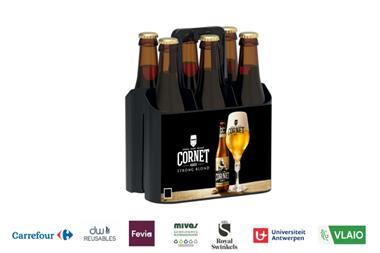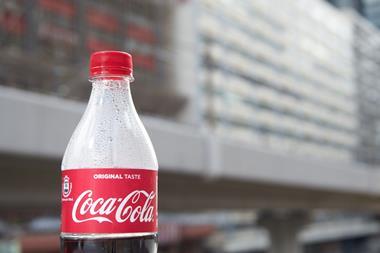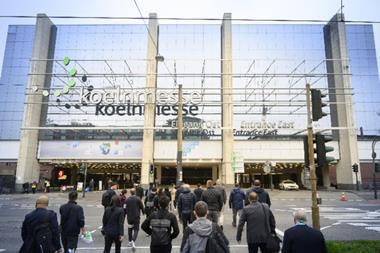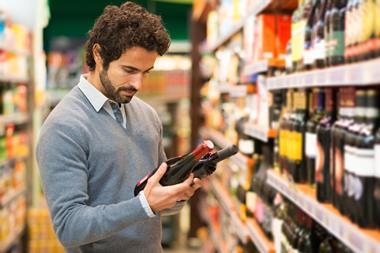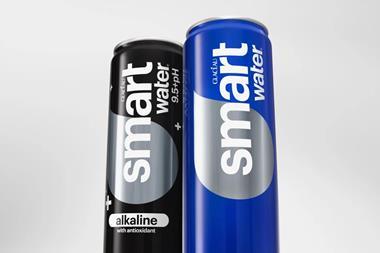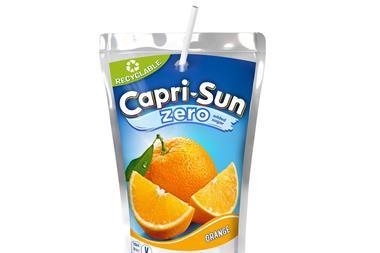
Augmented reality (AR) is an emerging technology that has arrived. But hands up who actually understands what it is, what potential is holds for the packaging industry, or has actually used it? Joe Ashton, creative director of Exhibit Interactive, guides us through this relatively untapped opportunity.
First things first, what is AR? Augmented reality is described as an information overlay in real time. Put simply this means being able to view an object or a product which you don’t have in physical form, as a something which can appear to be real in the setting you’re in. You might be standing in a shop, facing an empty shelf and wondering how your product would look – AR enables you to position it there without having a sample in your hands.
AR ≠ VR
AR shouldn’t be confused with virtual reality (VR). It’s often the case, particularly with new technologies, that references become muddled if people don’t really understand what they’re talking about. We regularly find VR and AR being interchanged in the same sentence. The difference is quite simple – VR enables you to physically feel like you’ve stepped into a virtual world. By using current technology such as the Oculus Rift for example, you’re able to walk around and explore a new environment without leaving the comfort of the one you’re in. It could be of absolutely anything – a beach, a penthouse apartment, the moon even…or in this industry, it could enable you to explore the layout of a new shop floor, a factory production line or packaging distribution centre, perhaps seeing how you could much space you could save with the installation of new machinery.
So, while VR enables you to walk around and experience a virtual environment, AR is more about exploring a specific object and can be extremely effective in problem-solving scenarios. In the packaging design process, without AR the development stage has to jump straight from a CAD model on a screen, to a physical product sample. This process involves some degree of production cost and then there’s the question of how many samples do you make and how are you going to distribute them to potential customers? And, depending on its size, your sample might even need to be scaled down – providing an overall poor representation to your customers. This process involves cost and waste, and if it isn’t right, you’ve got to run the whole process again…and again. AR gets around all of this. From a CAD model you can create an AR demonstration model of your product which, through the development of an app, can be viewed from all angles by anyone you choose, without them having to leave their screens. And it’s affordable.
Take our client Manitowoc Beverage Systems. They chose to use AR to launch their new ALBI drinks dispenser as it meant customers could essentially take a sample product away with them after seeing it at a trade event. They could then ‘try it for size’ on counter tops in their own food and beverage venues with the aid of a simple drinks coaster printed with an AR ‘marker’. We designed this as a graphic of a smart phone featuring the ALBI logo with the accompanying tagline ‘Thirsty to know more?’. By using our free-to-download ‘Captivate’ app, users could simply hold their smart phone or tablet over the marker and a 3D model of the dispenser would appear in front of them – seemingly in mid-air. By tilting their device they could rotate the model to see detailed features and ‘virtually’ slot it into place at their outlet. The Manitowoc example was developed to help customers visualise the new product on their counter tops, trying it for size – so held enormous sales potential. In fact, we’re now developing a new AR app for them, reflecting the success they’ve experienced using this technology to date. In another scenario, AR could change how planograms are developed, enabling merchandisers to experiment with different layouts by manipulating them using virtual products – gaining a much clearer idea of how displays might work.
Like many technologies which are now becoming more mainstream, AR has been around for a while. It hit the headlines last year with the launch of the phenomenally popular ‘Pokémon Go’ which, even for the non-gamers among us, opened the eyes of an extremely broad audience to the opportunity it presented. That said, the potential of AR isn’t really yet appreciated – in any industry. The technology behind it hasn’t really moved on that much in recent years – development has been more around educating industry on its relevance. We could however start to see some significant changes to AR following a partnership which was announced in November 2016 between gaming development platform, Unity and leading AR development platform, Vuforia. This could mean an extremely exciting future for AR - not only for the gaming world, but in moving the possibilities forward for any industry.
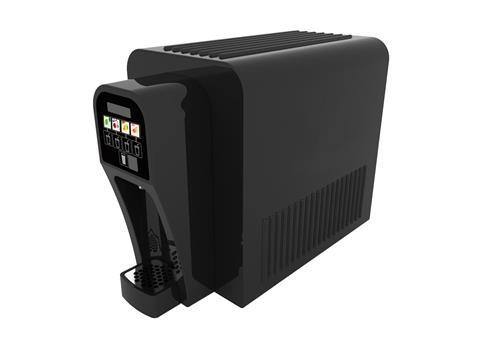
The beauty of AR is it makes something which might not exist in real life accessible, available to almost touch and experience. You can explore the intricacies of new models and new designs, without even needing to build a prototype. It sounds like a cliché, but we’re only limited by what we don’t yet know. AR made a hit in the gaming industry, VR is proving its worth across widespread applications, but it’s in the development of products – designing and reviewing prototype samples and problem-solving, which is where I think the potential lies for AR, and we’ve barely scratched the surface.


